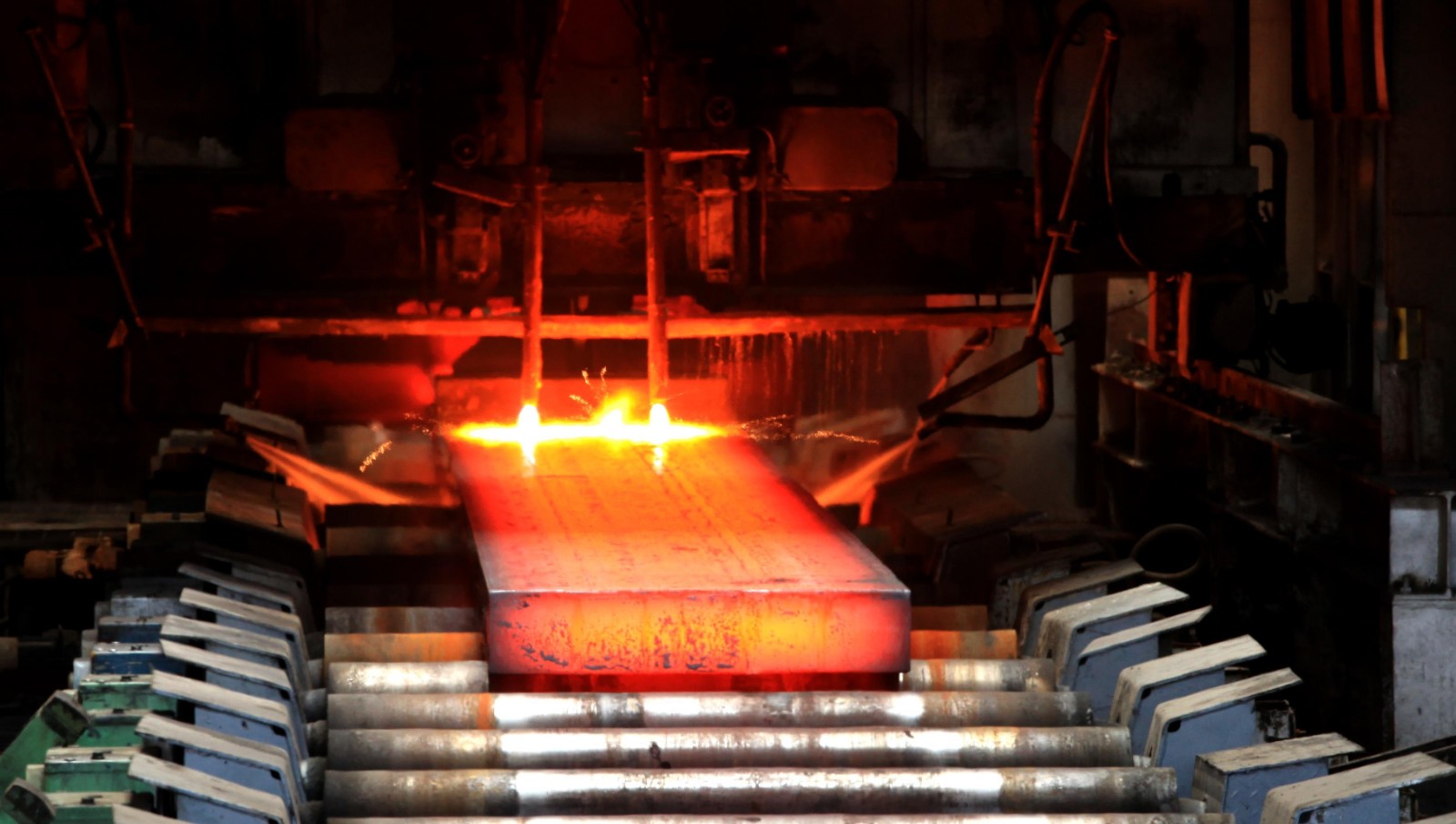Stainless Steel
Stainless steel is the universal name for a number of different steels used primarily for their anti-corrosive element. This steel has been developed to resist a number of corrosive environments. It ensures that our workplaces are safe, that buildings last longer and that our food preparation surfaces are hygienic. It is also an earth friendly material; it can be melted down, recycled and made into something else.
There are four major types of stainless steel. Of these, austenitic is the most widely used type. It has a nickel content of at least 7%, which makes it very flexible. It is used in a range of houseware products, industrial piping and vessels, constructional structures and architectural facades.
Ferritic stainless steel has similar properties to mild steel, but better corrosion resistance. This type of steel is commonly used in washing machines, boilers and indoor architecture.
Martensitic stainless steel is a very hard, strong steel. It contains around 13% chromium and is used to make knives and turbine blades.
There is also a duplex steel that is a composite of austenitic and ferritic steels. This steel is both strong and flexible. Duplex steels are most commonly used in the paper, pulp and shipbuilding industries. They are also widely used in the petrochemical industry.

Stainless steel is a very versatile material. It can literally be used for years and remain stainless. Products made from it have a significantly longer lifespan than products made of other materials. The maintenance costs are lower, and stainless steel also has a very high scrap value.
